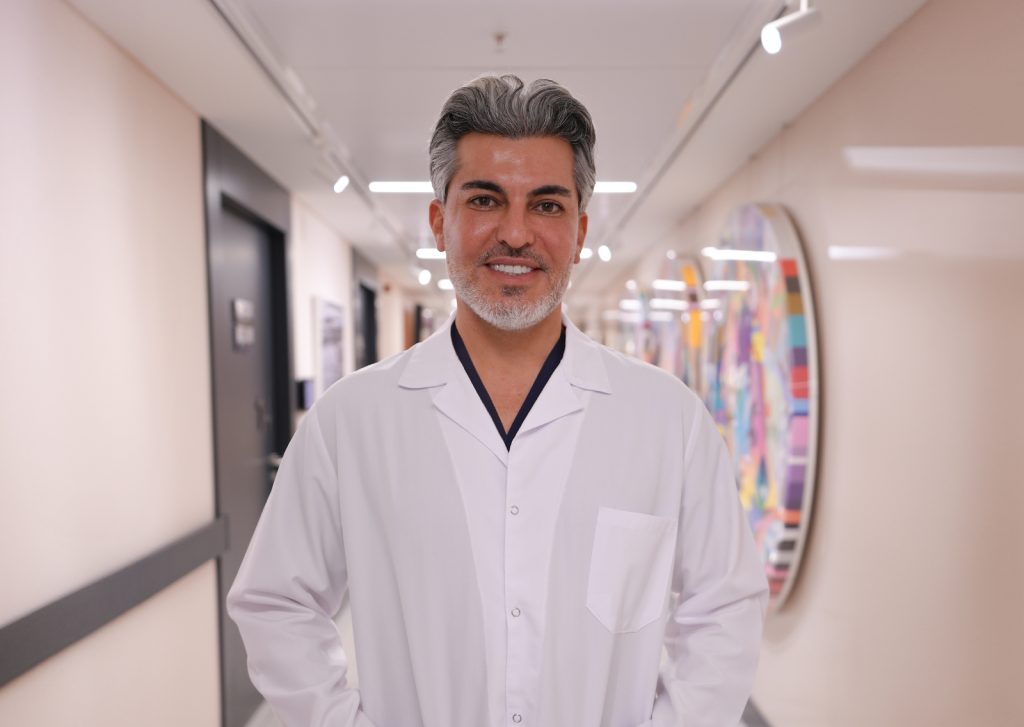In the modern urban environment, especially in global financial and business hubs, professionals are grappling with a unique paradox — they have access to cutting-edge healthcare yet struggle to maintain their own well-being. Long working hours, sedentary office routines, constant screen exposure, and high levels of stress are taking a toll on employees’ mental and physical health. In response, many professionals are now rethinking how to approach personal wellness not as a luxury or an afterthought but as an essential component of sustainable productivity. This shift is driving demand for personalized, easily accessible healthcare solutions — including options like integrative therapy, nutrition support, and body-focused treatments.
One emerging trend is the growing reliance on local, specialized healthcare providers that offer targeted services aimed at stress management and pain relief. For example, professionals in Manhattan increasingly seek out a chiropractor financial district to address issues such as back tension, poor posture, and work-related strain. This reflects a broader evolution in attitudes: people no longer wait for health problems to escalate — they proactively manage their well-being in real time. The emphasis is shifting toward prevention, routine care, and optimization of daily physical performance, even during the workday.
The Health Challenges of a High-Pressure Lifestyle
Busy professionals face a unique set of challenges that distinguish their health needs from the general population. These demands aren’t just physical; they include mental fatigue, emotional burnout, and a general sense of disconnection from the body due to constant digital immersion. These are the most common stressors faced by urban professionals:
- Chronic Back and Neck Pain. Often caused by hours of desk work and poor ergonomics.
- Mental Fatigue and Burnout. Resulting from relentless multitasking and lack of proper breaks.
- Poor Sleep Quality. Driven by irregular schedules and screen exposure late at night.
- Nutritional Neglect. Skipped meals or reliance on processed convenience foods.
- Physical Inactivity. A byproduct of long hours spent commuting or in meetings.
These issues accumulate over time, weakening the immune system, disrupting mood regulation, and ultimately decreasing professional performance. That’s why modern professionals are turning to hybrid wellness models that combine in-office adjustments, home routines, and external support.
Comparative Look: Traditional vs. Modern Health Approaches

To understand how professional health habits are changing, it helps to compare traditional approaches to wellness with the emerging, modern strategies embraced by today’s urban workforce:
|
Aspect |
Traditional Approach |
Modern Health Strategy |
|---|---|---|
|
Reaction to Illness |
Seek treatment after symptoms appear |
Focus on prevention and early intervention |
|
Healthcare Access |
General practitioner visits occasionally |
Local specialists, on-demand services |
|
Work-Life Balance |
Separate work and wellness strictly |
Integrate wellness into workday (e.g., office breaks) |
|
Mental Health |
Often ignored or stigmatized |
Actively supported with therapy and mindfulness tools |
|
Physical Activity |
Limited to after-work gym sessions |
Built into daily routine (stretching, walking, yoga) |
This table highlights the shift in mindset from a passive to an active approach. Professionals are realizing that staying healthy in a high-pressure environment requires more than annual checkups — it requires consistent and smart self-care. Services such as localized chiropractic care or wellness coaching are now considered part of a professional’s toolkit, just like laptops or calendars.
The Role of Local Care Providers in Corporate Wellness
The growing attention toward neighborhood-based healthcare services — particularly in bustling business districts — reflects a major shift in how professionals manage their well-being. Many urban workers now actively seek health solutions that are not only effective but also easily accessible during their daily routines. It’s become common practice for employees in high-density office zones to take a short midday break for a quick alignment session, deep-tissue massage, or other therapeutic treatment located just steps away from their workplace.
These locally available specialists have become essential contributors to the modern concept of workplace wellness. They provide rapid relief from accumulated physical stress while also helping individuals maintain long-term musculoskeletal balance. Thanks to their proximity, adaptability, and personalized approach, these professionals are well-positioned to support both individual health goals and broader organizational efforts to enhance employee performance and resilience.
Why Health is the New Career Investment?

In a world where job roles evolve quickly and professional expectations grow more demanding, investing in personal well-being has become a form of career insurance. Today’s workforce understands that mental clarity, physical strength, and emotional resilience are not optional — they are critical assets. The modern professional doesn’t just want to survive the workweek; they want to perform at their best without sacrificing their long-term health. By embracing local care services, integrating wellness into the daily schedule, and replacing reactive habits with proactive strategies, urban workers are redefining what it means to succeed. And in this new equation, health is not just personal — it’s profoundly professional.
Moreover, this mindset shift is influencing company policies, with more employers recognizing that productivity and health go hand in hand. Forward-thinking organizations are embedding wellness into their culture, not just as a benefit but as a shared value — one that empowers employees to thrive both inside and outside the office.





















